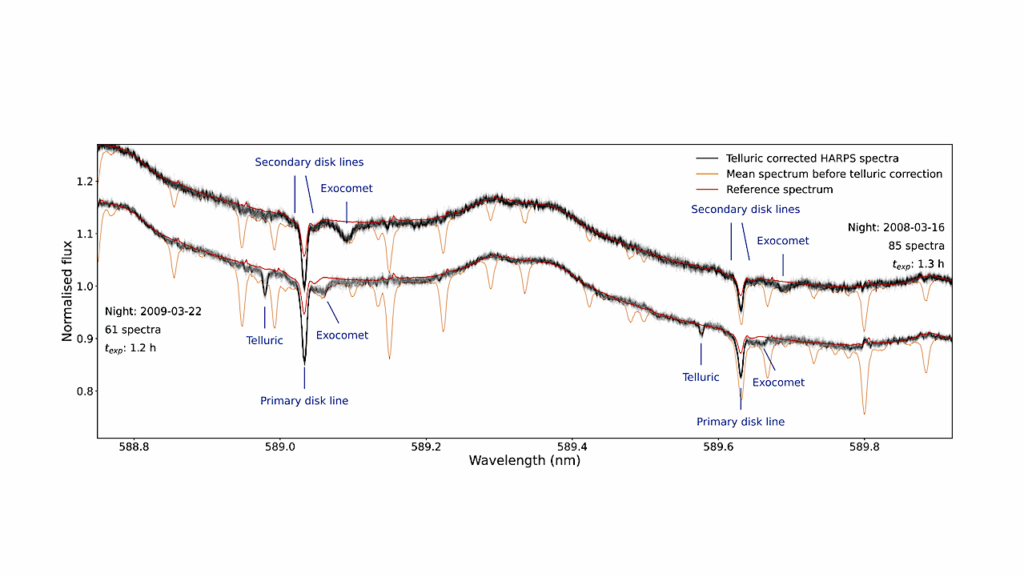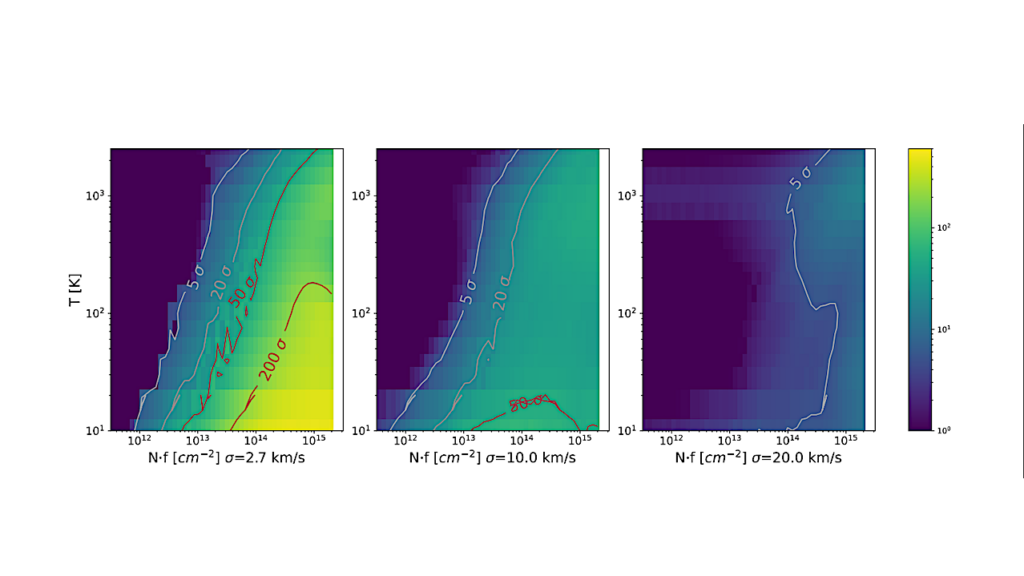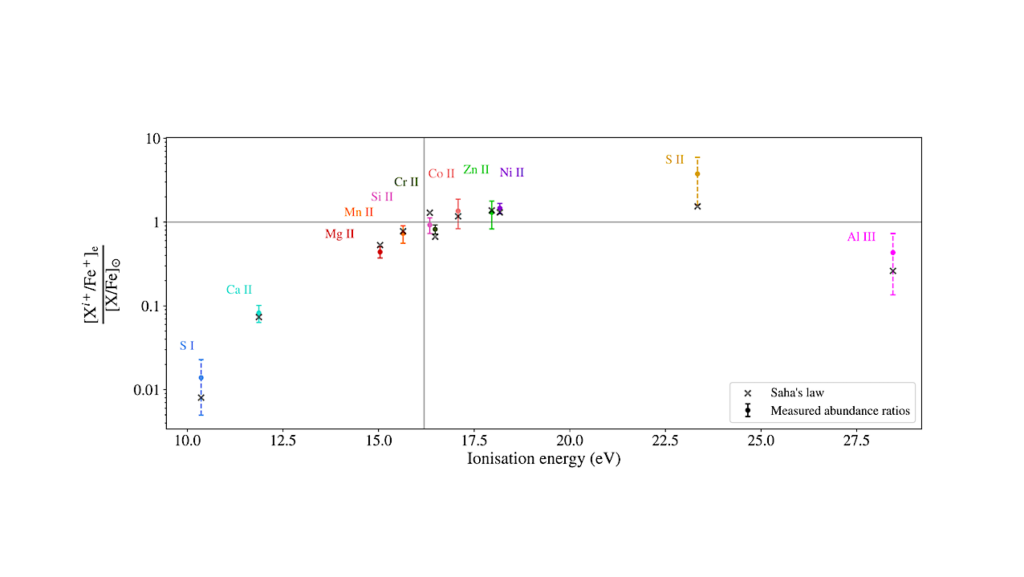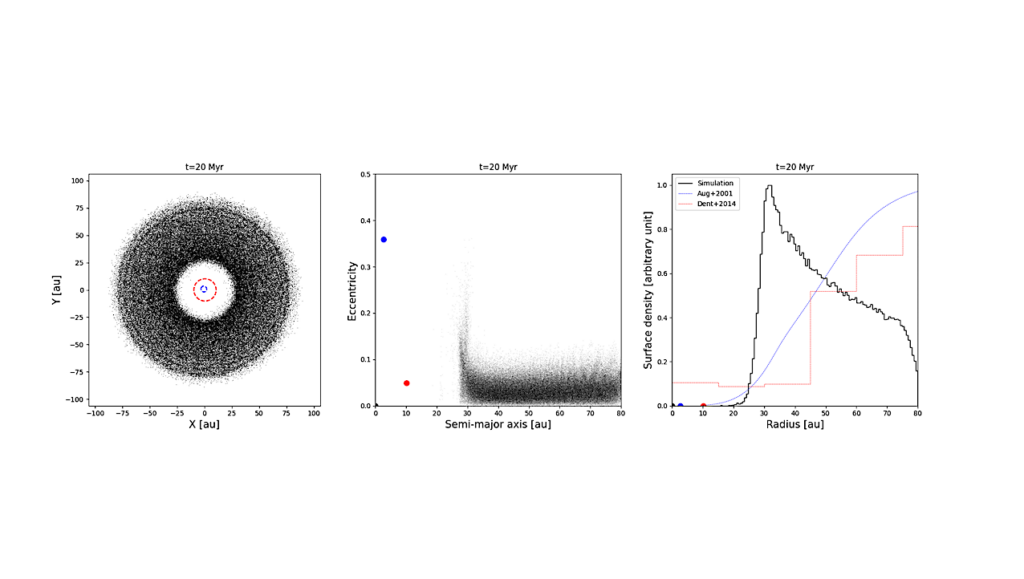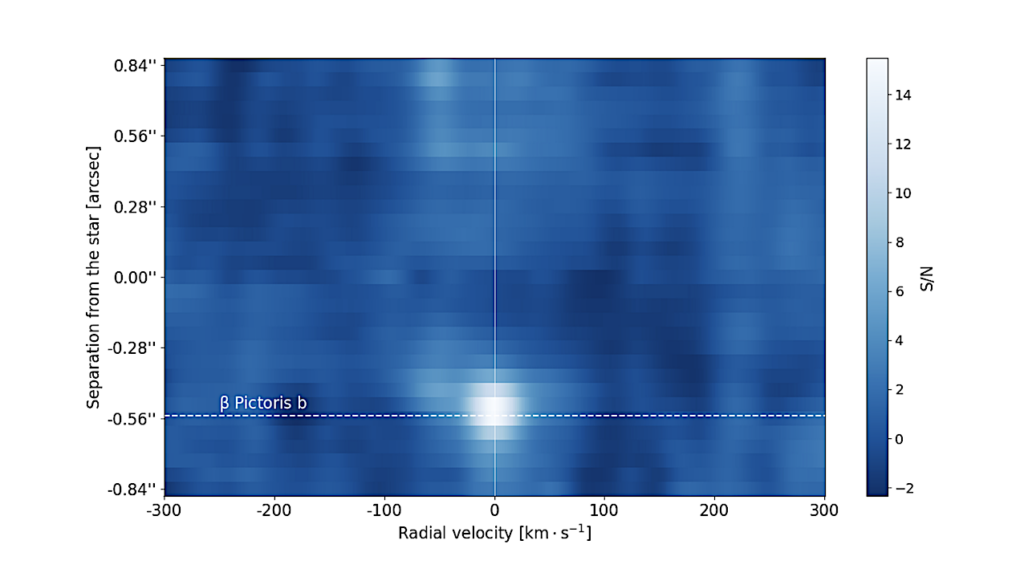Microbial N2O Reduction in Sulfidic Waters: Implications For Proterozoic Oceans

Throughout Earth’s history, shifts in ocean redox influenced the bioavailability of trace metals, shaping the activity of microorganisms.
In Proterozoic oceans, the precipitation of copper (Cu) with sulfide was hypothesized to limit the bioavailability of Cu. This limitation may have suppressed microbial reduction of nitrous oxide (N2O), due to the Cu dependency of nitrous oxide reductase (Nos). It is thought that without this critical microbial sink, Proterozoic oceans were a significant net source of N2O.
Here, we revisit this paradigm in light of recently derived ∼20-fold lower estimates for sulfide in Proterozoic seawater and an empirical evaluation of the potential for microbial N2O reduction under sulfidic conditions. Leveraging publicly available environmental metatranscriptomes, we infer active N2O reduction from the detection of nosZ transcripts in multiple marine and lacustrine systems in which sulfide and Cu concentrations are analogous to those of the Proterozoic.
In controlled culture experiments, we demonstrate that the purple non-sulfur bacterium Rhodopseudomonas palustris can reduce N2O at sulfide concentrations up to 100 µM, well above levels predicted for Proterozoic oceans. Based on trace metal speciation modeling, we suggest that Cu remains bioavailable under Proterozoic-like conditions as a dissolved CuHS0 complex.
Using phylogenetics, we infer that early N2O reducers were probably anoxygenic phototrophs and performed N2O reduction as dark metabolism. Collectively, these observations suggest microbial N2O reduction occurs under euxinic conditions, implying that Proterozoic marine N2O emissions were substantially lower than previously proposed.
Our conclusions inform our understanding of the microbial ecology in sulfidic waters, the early climate, and the search for extraterrestrial life.
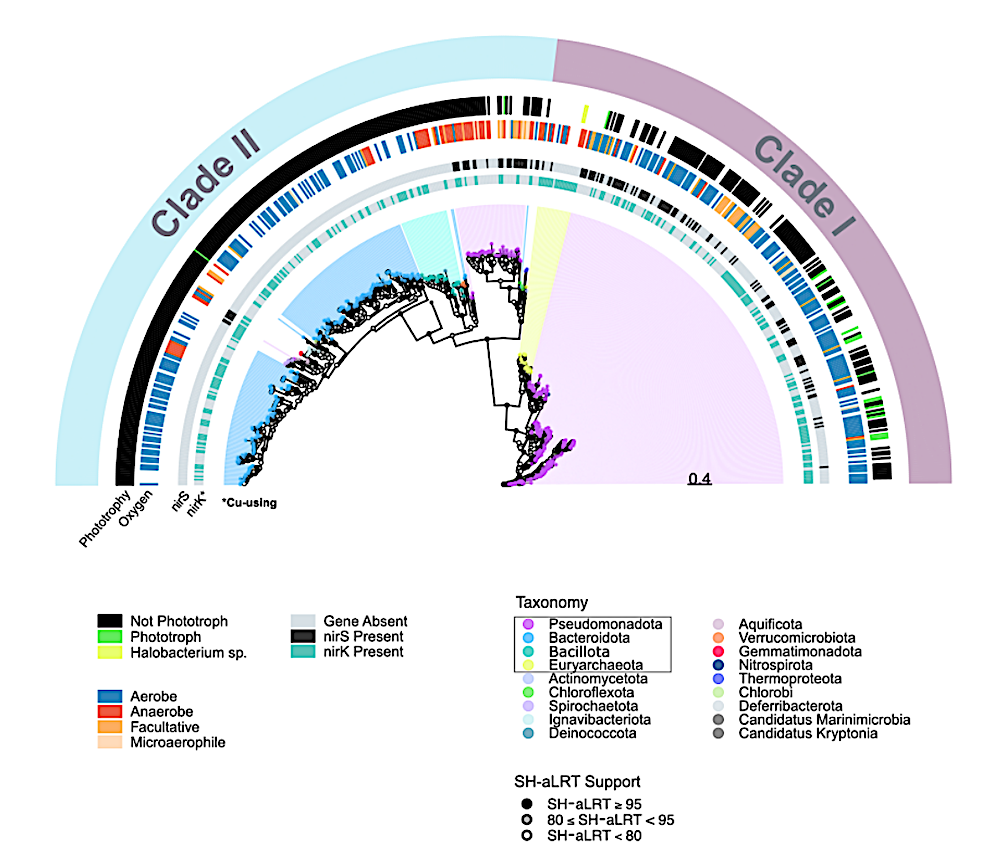
Unrooted maximum likelihood phylogenetic tree of NosZ protein sequences. The phylogeny includes 595 nosZ sequences collected from genomes obtained from Zhu et al. (2019). Clade I (purple) and clade II (blue) nosZ sequences show distinct clade separation in the tree. Branch tips are colored by taxonomy at the level of phylum. Four phyla (Pseudomonadota, 360 Bacteroidota, Bacillota, and Euryarchaeota—boxed in the legend) forming large, notable clades within the tree are further distinguished by shading beyond branch tips. Metadata is shown for specific taxa with genomes represented in the tree. These include, phototrophy (phototrophs vs non-phototrophs), oxygen status (aerobes, anaerobes, facultative organisms, and microaerophiles), and presence or absence of nitrite reductase genes nirS and nirK in the 365 corresponding genomes. Halobacterium species are distinguished within the “phototrophy” category due to previous characterization of photobiology within the aerobic archaeon Halobacterium salinarum NRC-1 (DasSarma et al., 2001). Note that nirK, like nosZ, is a Cuusing enzyme and is distinguished in the tree. — biorxiv.org
Microbial N2O reduction in sulfidic waters: Implications for Proterozoic oceans, biorxiv.org
Astrobiology,



